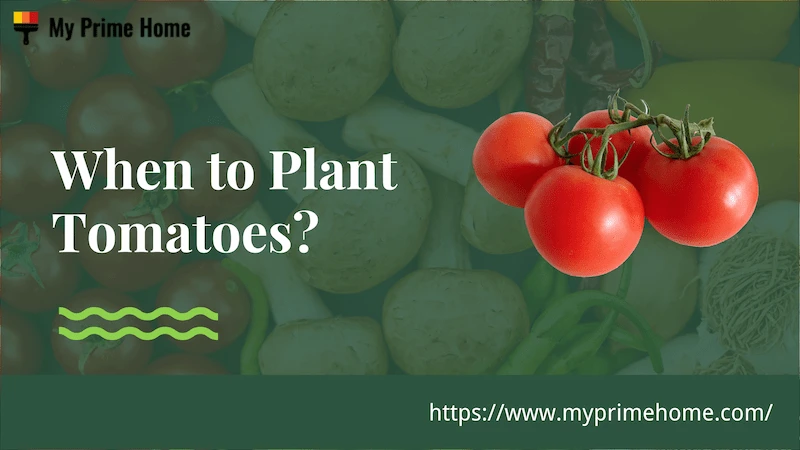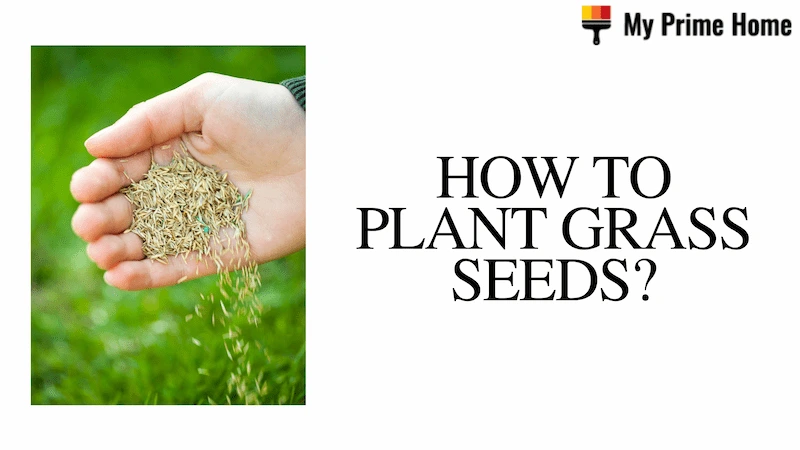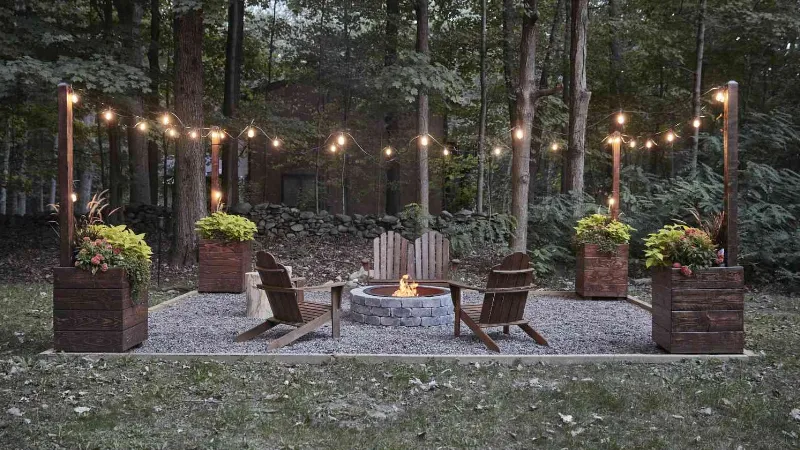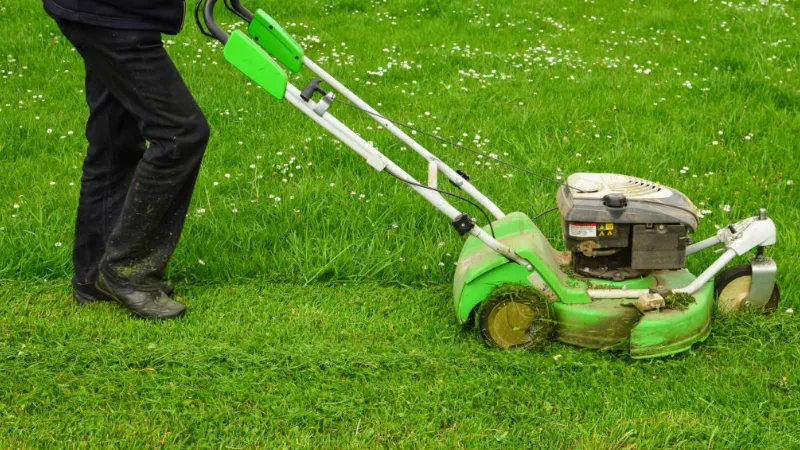Learn when to plant tomatoes in your climate. You can learn how early to start seeds indoors in this article, along with when and how to transplant seedlings into the garden.
Seeds are best sown under cover in March and April ready for harvesting from July to September. Tomatoes are warm-weather plants that require lots of sunlight to grow and do best between 70 and 75 degrees Fahrenheit (21 and 24 degrees Celsius).
Always make sure to follow the instructions on the seed packet as the sowing times will vary depending on the tomato variety you choose to grow.
Keep reading.
When to Plant Tomatoes?
You could start eating fresh tomatoes in a few months because they are quick to grow and are content living in even the smallest gardens, pots, or containers on a balcony.
Warm regions
Tomatoes require a growing season of at least three months because they are warm-season, frost-sensitive plants.
Tomatoes can be grown all year long in warm, frost-free climates; in temperate and cooler climates, the best time to plant is from the end of winter through spring.
Cooler regions
The seeds can, however, be sown in tiny pots under glass or in a small propagator to give tomatoes in colder climates a head start on life.
All you need to do is sow your seeds six to eight weeks before you want to plant them and keep them in a warm, sunny location.
Outside, you can plant any plant that has three leaves or more.
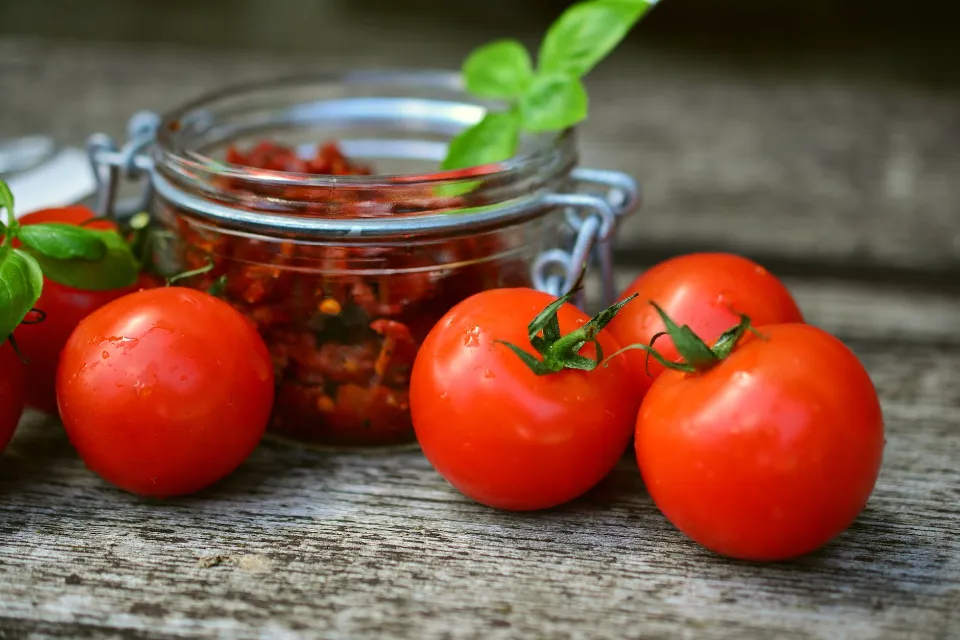
When to Start Seeds Indoors?
On how soon to indoor-sow tomato seeds, there is some disagreement. It is typically advised to start them six to eight weeks before transplanting them outside.
Many gardeners, however, choose to start even earlier, up to 12 weeks before the expected transplant date, to give their seedlings extra time to grow before planting them out.
Although starting early can give you a head start on the season, it also increases the chance of stressing and stunting young plants. Often, the smallest seedlings I plant out in the garden are the ones that grow the largest and strongest.
How early to start may vary depending on the climate of your indoor growing space as well as the selected cultivar.
Seedlings are likely to germinate more quickly in a warm, humid environment with lots of light, so six weeks might be sufficient. 65 to 85 degrees Fahrenheit is the ideal range for tomato seedling growth. Seeds should begin to sprout in about a week at these temperatures.
If you don’t have a warm, bright space to start your seeds, or if you have a really short growing season, starting even earlier can be advantageous.
Start seeds in lightweight seed starting mix in two to four-inch pots, covering them with a quarter-inch of soil. Mist the soil frequently until sprouts start to appear.
Set your containers in a warm area or on a heat mat, and if you have a humidity dome, cover them with it to hasten germination.
When the seeds have started to sprout, take the lid off and place the pots in a bright window or under grow lights for 10 to 14 hours each day. Using artificial grow lights is especially helpful if you choose to start seeds on the early side when days are still short.
Keep the ground moist but not drenched. The best method for watering tomato seedlings is bottom watering.
Set the pots in a tray and add half an inch of water to the bottom every few days when the soil feels dry. After giving the roots around 10 minutes to absorb the water, remove any extra water from the tray.
Transplant them into four- to six-inch containers once they have produced a few sets of true leaves.
When transplanting tomatoes, be sure to bury the lower third of the stem in soil by setting the plants low enough in the pot. The more roots they develop as a result of this will make the plants stronger and more resilient.
If you started your seeds early, you might need to repot them twice, each time in larger pots, before they are ready to be planted outside. It’s crucial to prevent them from becoming rooted.
Harden off the seedlings once soil temperatures have reached about 50°F outdoors.
Once your plants have adapted to the outdoor environment, place the pots in a protected area outside for an hour or so. Then, over the course of a week or two, extend the time each day.
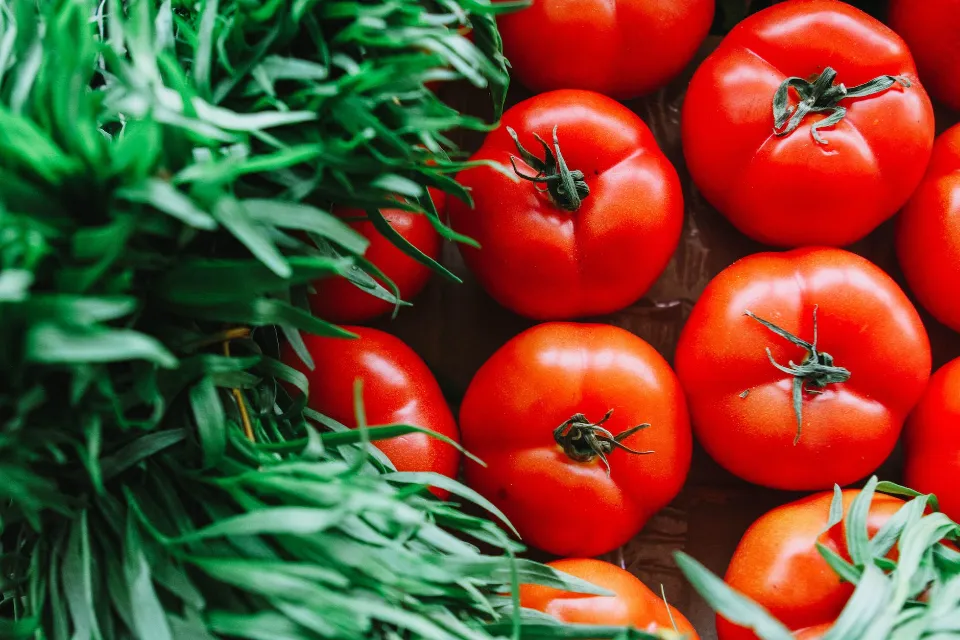
Transplant the Seedlings
After all chance of frost has passed, transplant tomato seedlings that have been grown at home or in a commercial facility outside. Dig 3 or 4 inches of compost into a well-drained garden bed that receives six to eight hours of sunlight daily. In hot climates, offer light or afternoon shade with some dappling. Temperatures over 100 degrees cause tomatoes to stop flowering and bearing fruit.
Plant the seedlings 18 to 36 inches apart. Transplant each tomato seedling so only the top leaves appear above the soil. Leave the lower leaves alone; when buried in the planting hole, the stems and leaves will form roots. Paper or peat pots must be completely buried to avoid drawing moisture from the soil around the plants’ roots. Lightly tamp the soil around each plant, and water thoroughly. Most tomatoes develop into sprawling 6- to 12-foot-tall plants; add tomato cages or stakes to keep the plants upright and the fruit off the ground.
What is the Best Month to Plant Tomatoes?
Tomatoes are warm-weather plants that require plenty of sunlight to thrive. They perform best when the temperature is between 70 and 75 degrees Fahrenheit (21 and 24 degrees Celsius). Seeds are best sown under cover in March and April ready for harvesting from July to September.
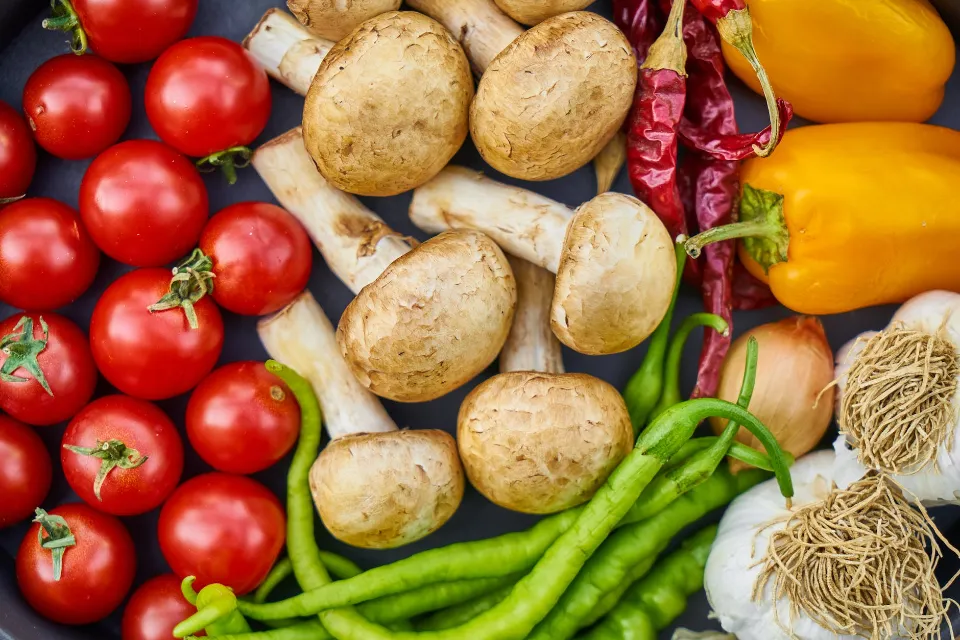
How Late Can You Plant Tomatoes?
Generally speaking, it will take between 10-14 weeks for tomatoes to mature (11-13 weeks for cherry tomatoes). It is therefore safe to plant as long as you have enough warmer days to allow your tomatoes to mature.
Planting Tips for Abundant Harvests
Since tomatoes really need a few months of summer heat and sunshine for good yields, if you live in a warm climate with a long growing season, it doesn’t hurt to wait a few extra weeks after the last frost before planting them out.
If you have the time and resources, you can start seeds indoors with grow lights as early as 12 weeks before bringing them outside permanently and transferring them to larger pots as they mature.
Look for varieties with a shorter time to maturity if you’re growing in a colder climate.
A thick layer of mulch or black plastic can hasten soil warming. Warmer soil will undoubtedly aid newly planted tomato seedlings in adapting and growing more quickly, though it is still crucial to wait until after the last frost.
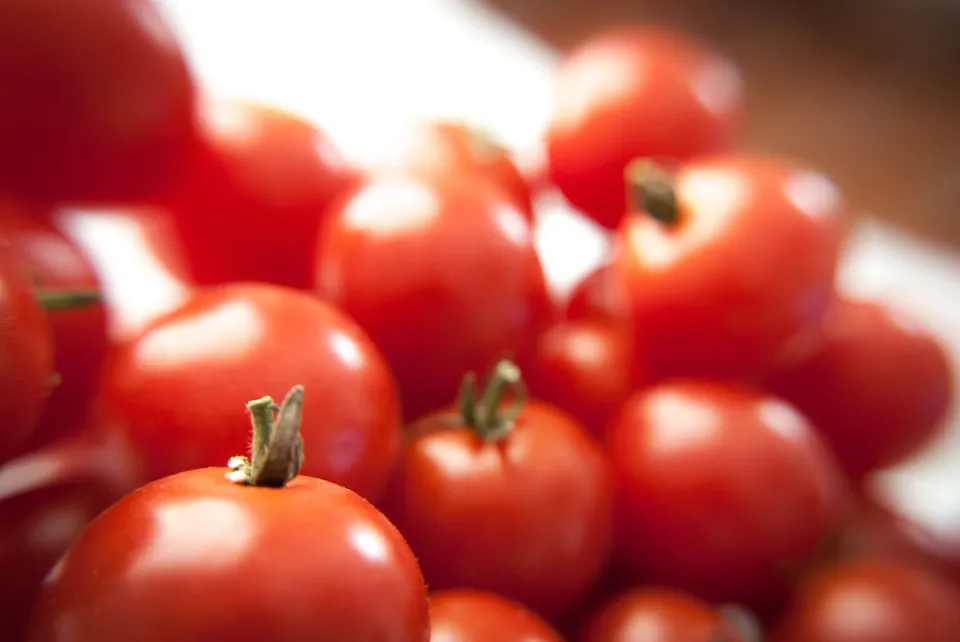
FAQs
Are Tomatoes Better in Pots Or Ground?
All things considered, if you have the option to grow tomatoes either in the ground or in containers, you should choose in the ground. Tomatoes that are grown directly in the ground require less maintenance. They are also less likely to contract tomato diseases and will produce more of a productive harvest for you.
Do Tomatoes Need Sun Or Heat?
Tomatoes love the sunshine. In most cases, a position in full sun—defined as an average of at least eight hours per day—produces the best results, though if you live in a hot climate, dappled shade may suffice.
How Long Do Tomatoes Take to Grow?
Tomatoes take 60 days to more than 100 days to harvest, depending on the variety (see more about varieties below). Due to their relatively long growing season requirements (and late planting date), most gardeners plant small “starter plants” or transplants instead of seeds after the weather has warmed up in spring.
Can You Plant Tomatoes All Year Round?
Absolutely. But they do have some specific requirements. The main drawback of this overwintering technique is that tomato plants indoors require a lot of sunlight. Yes, you can place the pots on a bright windowsill, but even then, they will typically survive the winter with only a few straggly leaves even in the brightest window.
Summary: When to Plant Tomatoes?
What time should you begin growing tomatoes? The best time to plant tomatoes depends on a variety of factors, despite the fact that the question may appear straightforward at first.
Although it takes some investigation and observation to determine what is best for your garden, once you do, you might discover that you have more robust and fruitful tomato plants than you can possibly use!
What are your tips for starting tomatoes from seed or transplants? In the comments section below, share your experience.
Don’t forget to share the post. My Prime Home tries to give you the best home improvement information. Thank you for reading.
Read about
